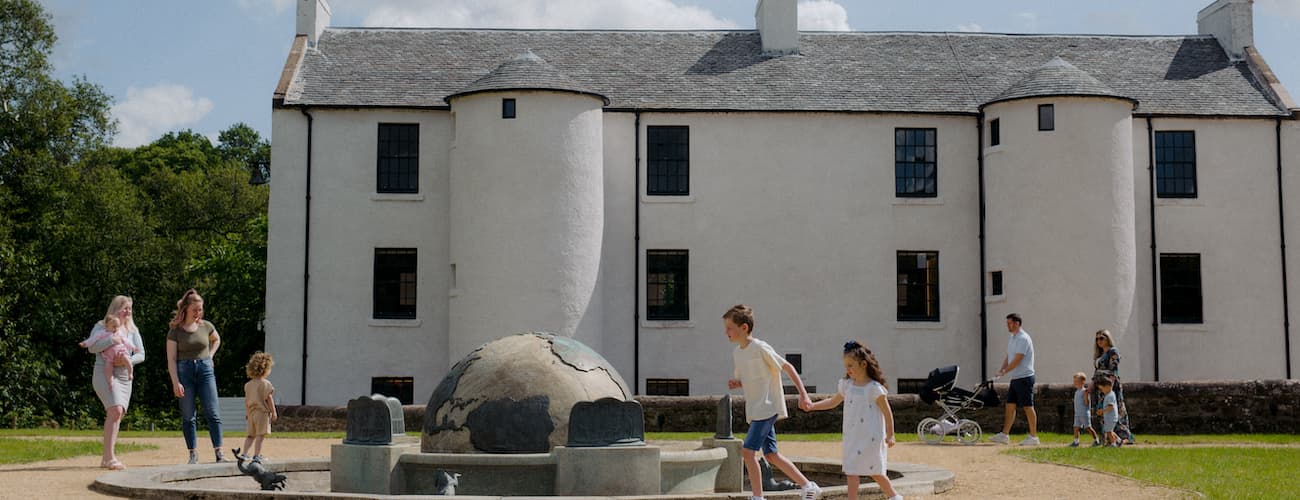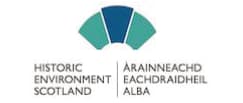Statement On Glasgow City Council Audit
March 2022
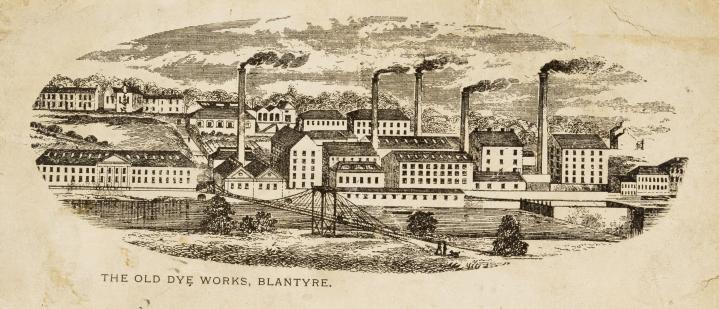
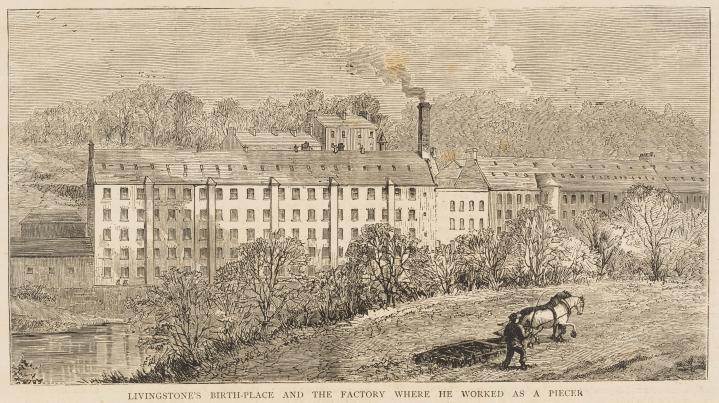
The recent audit by Glasgow City Council and the subsequent report produced (Glasgow, Slavery and Atlantic Commerce: An Audit of Historic Connections and Modern Legacies) allow for important discussions around historical figures. Through this research, we can examine their impact on contemporary society. Within the remit of the report - examining statues of people, buildings and place names connected to the Trans-Atlantic Slave Trade - it is appropriate that Dr Mullen included Livingstone. We support all research that expands our knowledge and understanding of Scotland’s direct involvement in the Trans-Atlantic Slave Trade. We encourage the ongoing conversations that are centred upon the existence of statutes of historical figures in public spaces.
The report details David Livingstone’s connection to the Trans-Atlantic Slave Trade through his role as an employee of the Blantyre Cotton Works, before travelling to Sub-Saharan Africa. Our museum is located on the site where the Blantyre Cotton Works once operated and where he was born. The Trans-Atlantic Slave Trade allowed Scottish mills to prosper. Glasgow Merchants, who sold cotton produced by enslaved people, owned shares in the Blantyre Cotton Works and may have supplied some of its raw materials. We acknowledge and discuss this in our museum. Our Learning Programme also addresses the connection between Blantyre Cotton Works and the Trans-Atlantic Slave Trade through our Global Citizenship Resource and school workshops.
Livingstone worked in the Mill from the age of 10 until his early 20s, his association with the Trans-Atlantic Slave Trade is not the same as those who owned enslaved people and directly profited off their forced labour.
David Livingstone was a life-long abolitionist. He believed he could bring trading opportunities to Sub-Saharan Africa and was instrumental in helping to end the East African Slave Trade.
Our museum discusses David Livingstone - his flaws and achievements. We do not think of him as a man without culpability. We contextualise his work while acknowledging the ongoing impact of his legacy, the significance he holds, and his continued importance to the people of Scotland as well as to the people from many countries in Central & Southern Africa.
We hope our visitors leave the museum feeling informed and able to challenge previous narratives that portrayed Livingstone as a ‘lone hero’ and ignored the devastating and ongoing impact of colonialism.
Natalie Milor, Curator of the David Livingstone Birthplace Museum said:
“We believe it is important to have Livingstone’s role at the forefront of discussions on slavery. He was born, brought up and worked at the Blantyre Cotton Works, where the Museum is located and he acknowledged that there were links between it and the Trans-Atlantic Slave Trade. However, he was an abolitionist and actively campaigned to end the East African Slave Trade. Livingstone’s life is an example of how history can further useful discussions on contemporary issues through the lens of the past.”
Notes to Editors
Images are available to download.
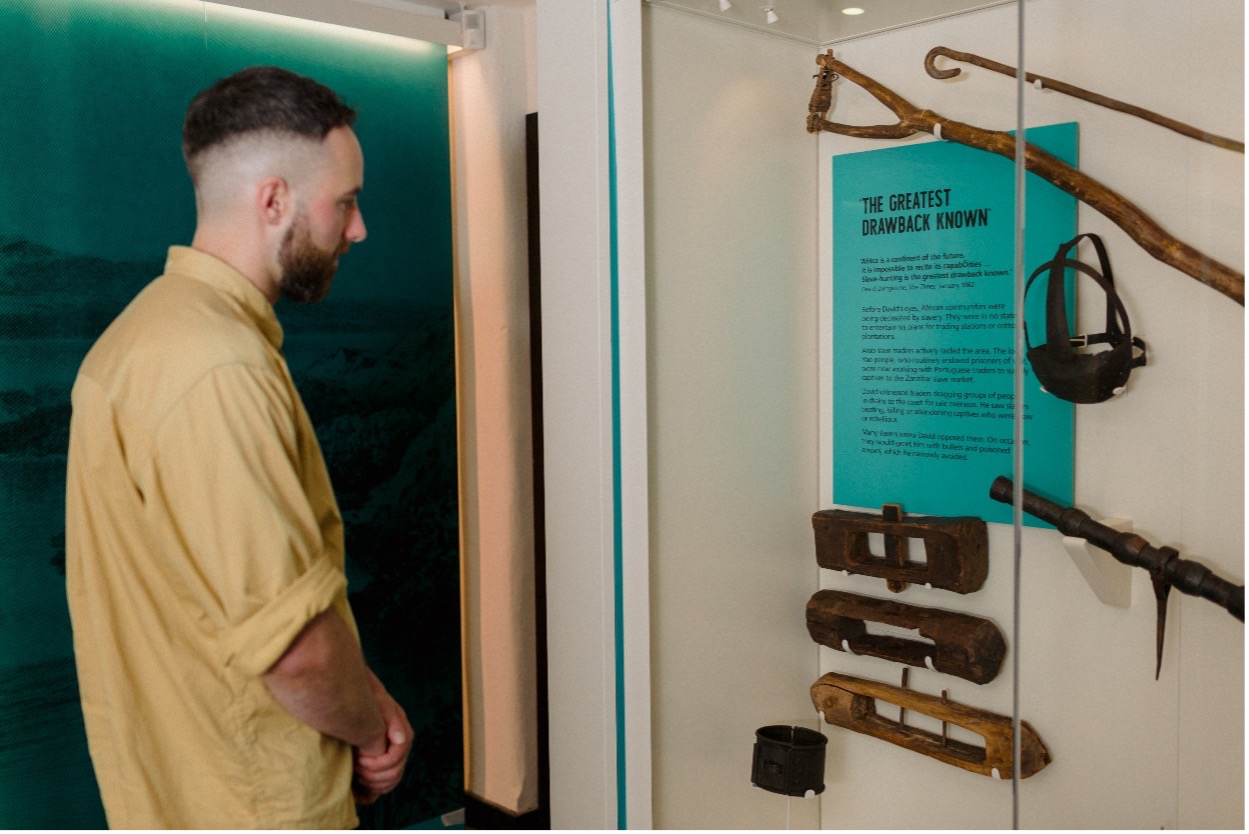
‘Africa is a continent of the future. It is impossible to recite its capabilities … Slave-hunting is the greatest drawback known.’
David Livingstone, The Times, January 1862
PHOTO CREDIT: Walnut Wasp
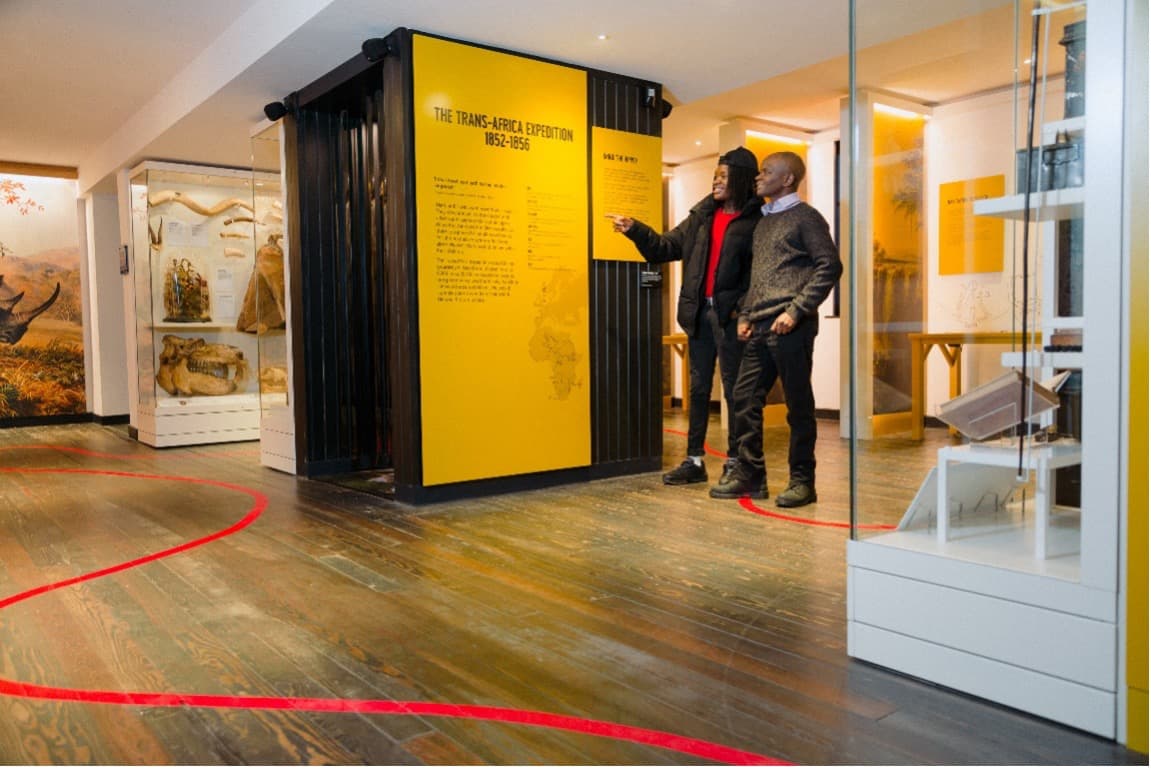
PHOTO CREDIT: Walnut Wasp
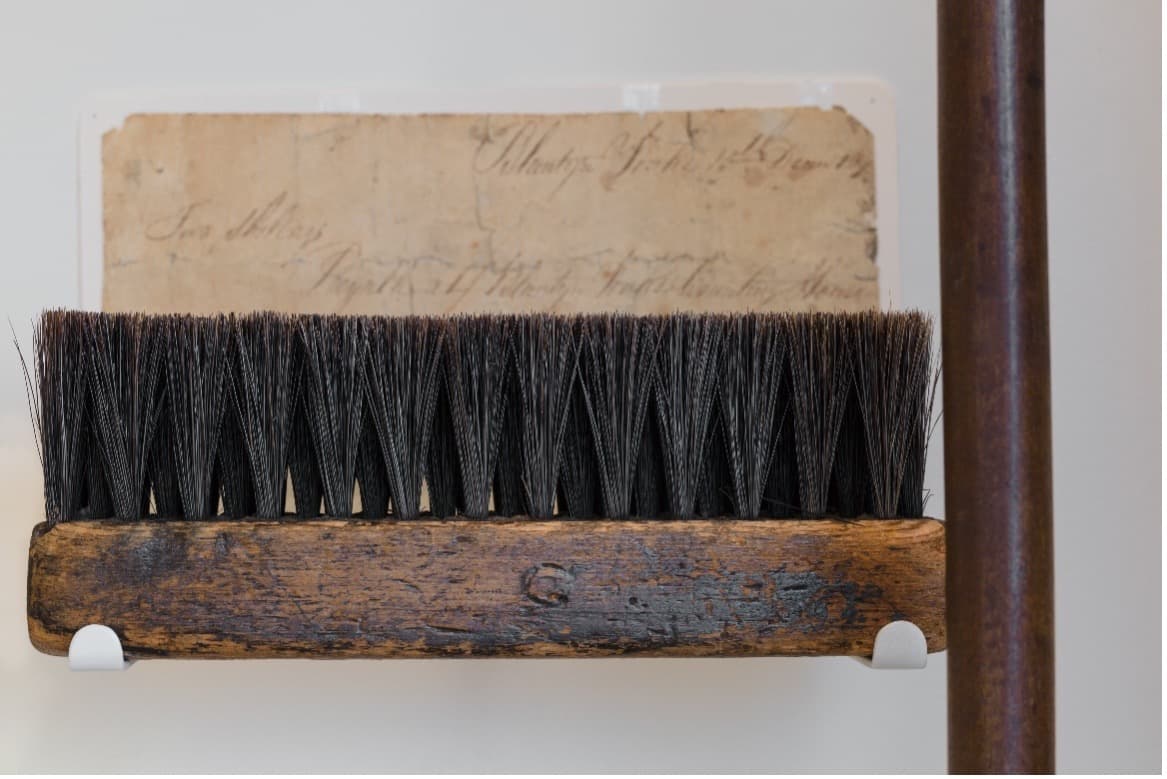
David Livingstone worked as a piecer from the age of 10 in the Blantyre Cotton Works Mill.
PHOTO CREDIT: Walnut Wasp
About the David Livingstone Trust
In 1929, the Scottish National Memorial to David Livingstone Trust (known as the David Livingstone Trust (DLT)) was entrusted with the ownership of the David Livingstone Centre (since rebranded the David Livingstone Birthplace Museum) in Blantyre.
The Centre included the listed building of Livingstone’s birth, surrounding parkland, and a circa 4,000 strong collection. DLT is charged through its constitutional documents with keeping alive the name and memory of David Livingstone, making the site of his birth accessible to the public, and providing an interesting, educational and enjoyable cultural experience.
The DLB Learning Programme
“The Learning team at David Livingstone Birthplace have created a learning programme which addresses our links to the Transatlantic Slave Trade throughout our activities.
In autumn 2020, we launched our free online learning resources, linked to Sustainable Development Goals and the Scottish Curriculum for Excellence. This resource includes opportunities to learn about the Transatlantic Slave Trade through focussed activities and contextual information for teachers.
Our newly launched in-person and virtual learning programme includes learning opportunities around our links to the slave trade and discussions around inequity, empire and colonialism, tailored for all levels.
We are beginning to develop an anti-racist resource which will include even more opportunities for critical thinking and will empower our young people to understand, learn and act on these issues.”
Elena Trimarchi
Learning and Engagement Manager
